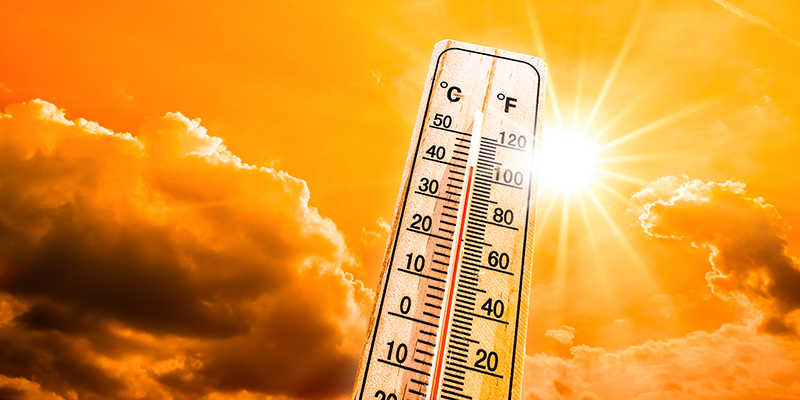
August 3, 2023
As extreme heat waves plague many parts of the country, broadcasters are there for your community. When severe weather strikes, local television and radio stations meet a wide range of needs, providing emergency alerts, fact-based reporting and community service.
TV and radio broadcasters are an integral part of the Emergency Alert System (EAS). In particular, nearly 80 AM radio stations play a crucial role serving as Primary Entry Points across the country. These are designated radio stations whose signals cover 90% of the American population and have a direct connection to FEMA and the National Weather Service. In times of crisis, these stations receive emergency information and alerts directly from the federal government, ensuring a reliable and authoritative source of information for the public.
In addition, local TV and radio stations are a key medium for officials sharing news of weather-related resources in their areas. Across the country, local stations are getting the word out, such as Audacy stations KXNT 840 AM in Las Vegas sharing updates about cooling stations and KYW Newsradio in Philadelphia covering heat-related school closures.
Nexstar Media Group’s WFXR in Roanoke, Va., passed along a warning from firefighters who rescued two hikers suffering from heat exhaustion. "Please remember in this extreme heat that we have been experiencing, that it is so important to make sure you are hydrated and that you carry enough water for your hike!" said the Roanoke County Fire and Rescue Department.
Broadcast journalists live in their communities and know how the news impacts the people around them. Reported stories shine a light on important facets of heat waves.
NBC owned-and-operated NBC Washington broke down the symptoms of heat stroke and heat exhaustion for viewers. ABC owned-and-operated ABC 7 New York shared a comprehensive list of tips and resources to battle heat exhaustion, reporting, "Every year, extreme heat kills more people than any other type of severe weather."
Fox 10 Phoenix reported on the effects of intense heat on Arizona's famous saguaro cacti, since even these famously resilient plants can suffer from prolonged heat and dryness. "Experts believe we still might not know the full impact of this heat wave to these plants for several months or even years," the station reported.
Cox Media Group's WFTV in Orlando, Fla., along with the group's Washington, D.C., news bureau, reported on a study that found extreme heat generates about $1 billion in health care costs every summer. The article suggests urban planning and individual solutions to combat the effects of rising temperatures.
Broadcasters don't just report on problems – they fight back with hyper-local solutions. Stations around the country have long traditions of fan drives and other public service projects that get their communities the help they need.
In Columbus, Ohio, TEGNA-owned 10TV and 97.1 The Fan are collaborating with local health care agency LifeCare Alliance to collect and distribute fans. "LifeCare Alliance distributed more than 1,250 fans last year and it is anticipated the need for fans will be as high again this year, if not greater," the station reports.
In Austin, Texas, Nexstar Media Group's KXAN helped collect 740 fans and $231,000 for the Family Eldercare Summer Fan Drive. The drive fell on a week with multiple days in a row reaching temperatures over 100°.
Broadcasters play a vital role in keeping communities safe during severe weather, bringing accurate and timely information to their viewers and listeners.
More than 2.47 million American jobs depend on broadcasting, and the local broadcast radio and television industry - and the businesses that depend on it - generate $1.17 trillion annually for the nation's economy.